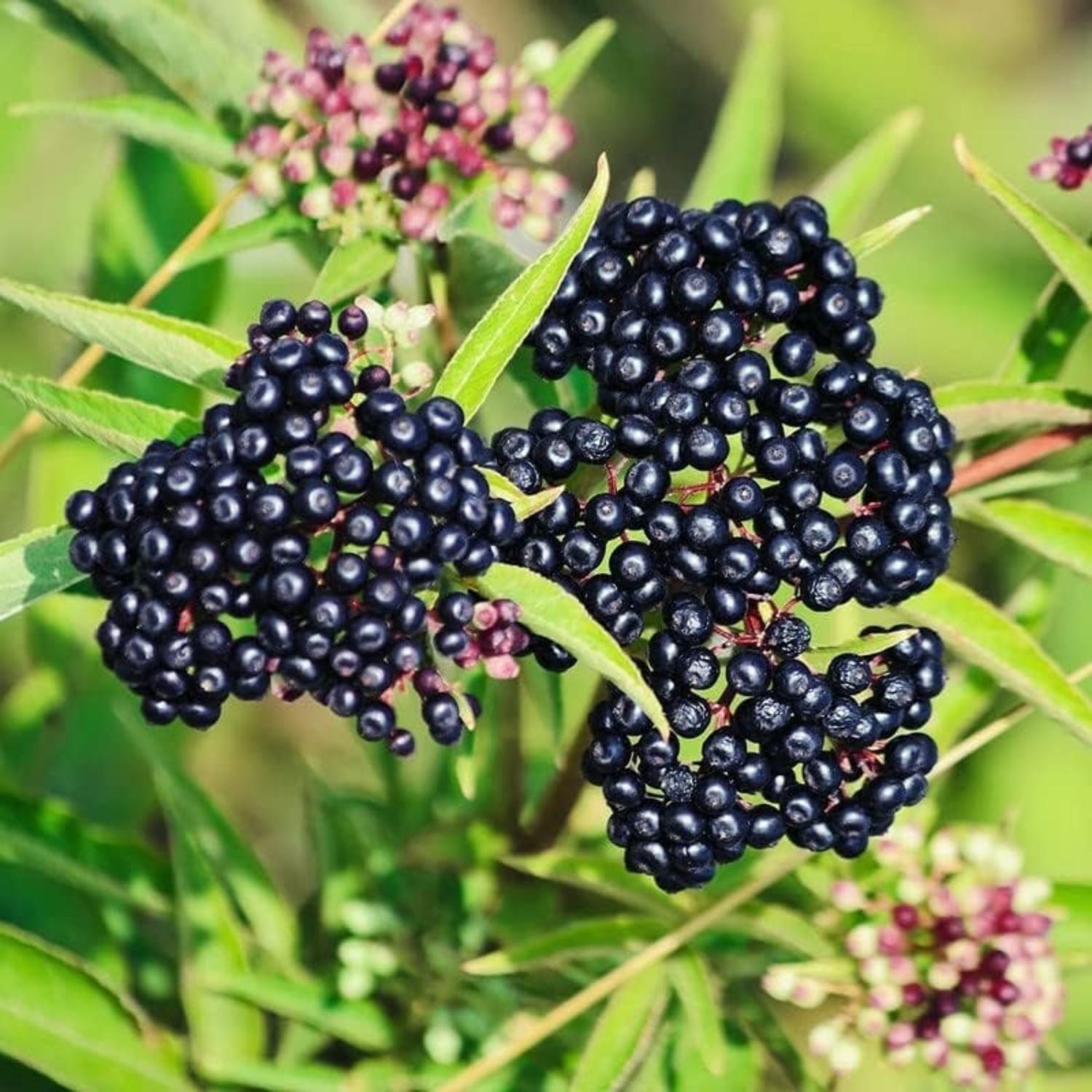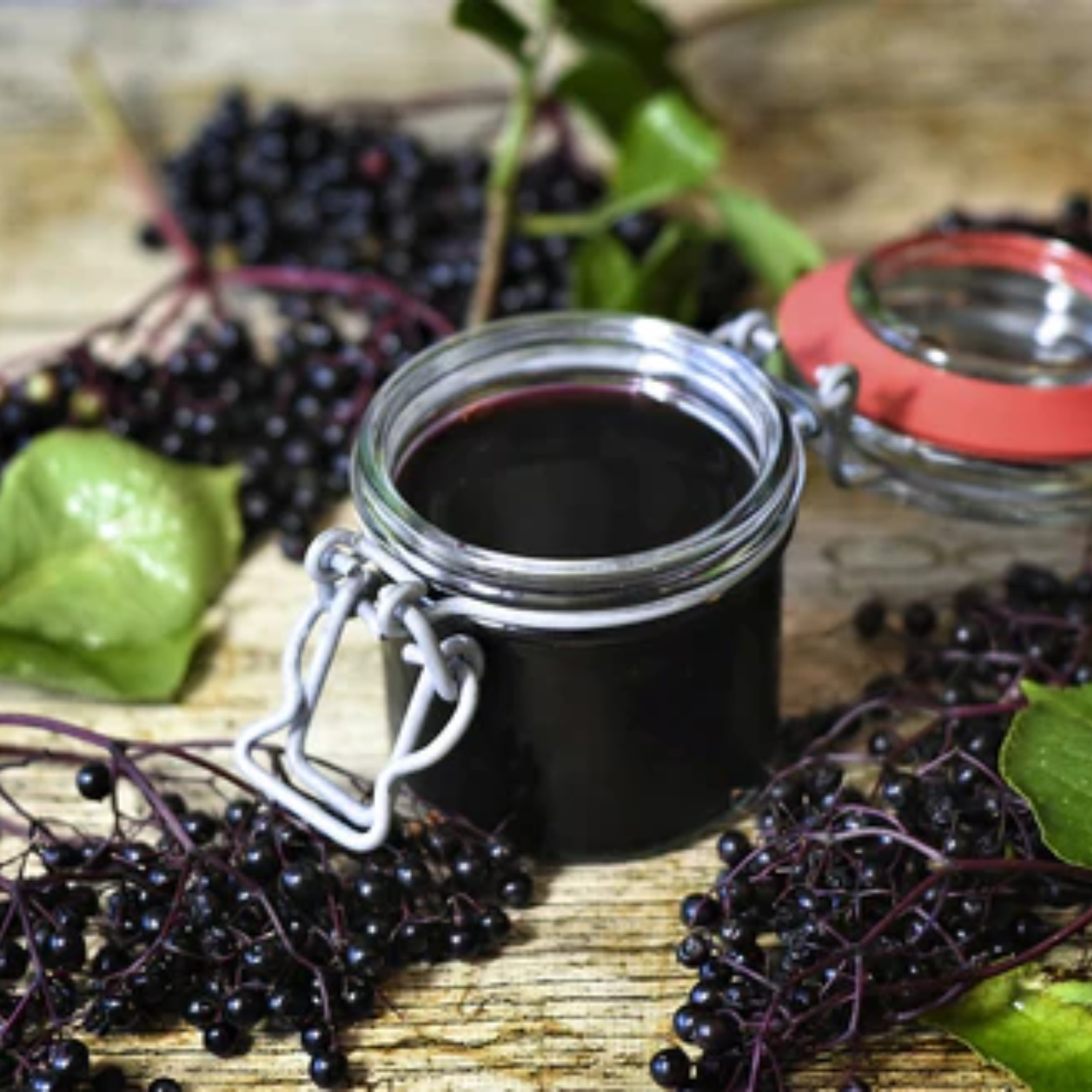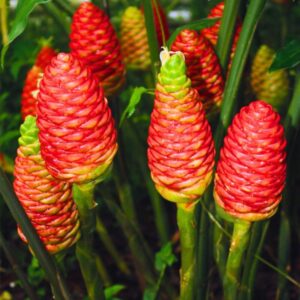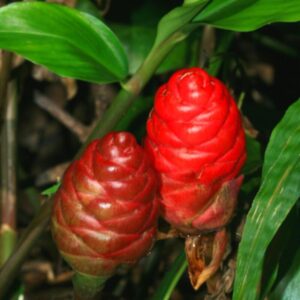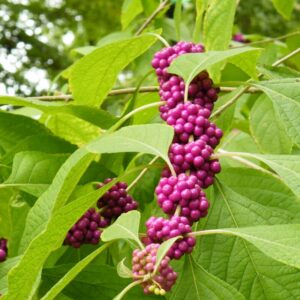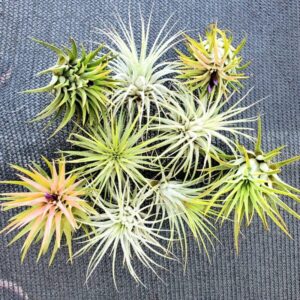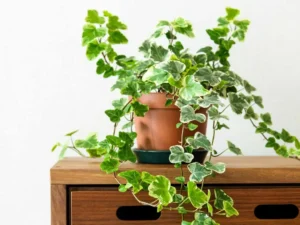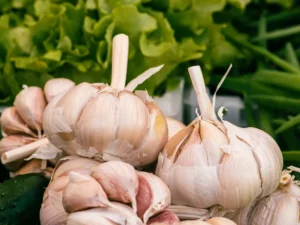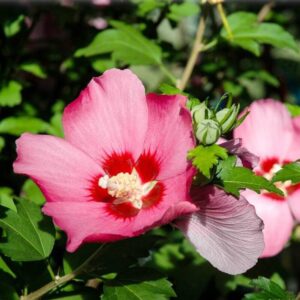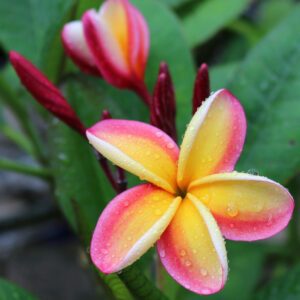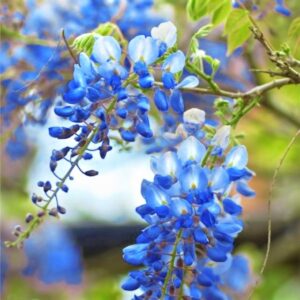4 Black American Elderberry Plants 6-12 Inch Tall
4 Black American Elderberry Plants 6-12 Inch Tall
4 Black American Elderberry Plants thrive in zones 3-8, featuring fragrant white flowers and vibrant growth, ideal for landscaping.
$69.99

With our Alive & Thrive Guarantee, we’ve got your back for the first 30 days! If you have any concerns about your plants, just reach out to us. Our team is here to help answer your questions and guide you in selecting the best plants for your garden, climate, and unique preferences. We're excited to help you create the garden of your dreams!
-
USDA Hardiness Zone
Zones 3 to 8 -
Soil type
Well-drained, fertile soil -
Sunlight Exposure
Partial shade to full sun -
Expected Planting Period
Spring or Fall
Elevate Your Garden with Black American Elderberry Plants
Black American Elderberry Plants are a stunning addition to any garden. Each of the 4 live plants measures between 6-12 inches tall and is known for its fragrant white blooms. These plants can grow up to 12 feet tall, making them perfect for adding vertical interest and structure to your landscape.
These elderberry plants thrive in USDA zones 3-8, making them versatile for various climates. They flourish in well-drained, fertile soil and require moderate watering. The plants prefer medium to full sun exposure, ensuring bountiful blooms throughout the growing season.
To maintain the health of your Black American Elderberry Plants, regular watering is essential, but be cautious of overwatering. Pruning in late winter encourages vigorous new growth in spring, while an annual application of organic compost promotes strong blooms and fruit production.
These plants not only enhance your garden’s aesthetics but also serve practical purposes. They are perfect for creating privacy hedges or ornamental borders, and their fragrant flowers attract beneficial pollinators, boosting biodiversity in your garden. The elderberries are also edible, perfect for making syrups, jams, and herbal remedies.
Frequently Asked Questions
- How fast do Black American Elderberry Plants grow? They typically grow 1-2 feet per year under optimal conditions.
- Can these elderberry plants tolerate partial shade? Yes, they perform well in both full sun and partial shade.
- When should I prune my elderberry plants? Pruning is best done in late winter or early spring before new growth starts.
- Are the berries safe to eat? Yes, elderberries are edible but must be cooked before consumption to remove toxins.
- How do I encourage more flowers? Provide consistent watering and apply organic fertilizer in early spring to boost flowering.


